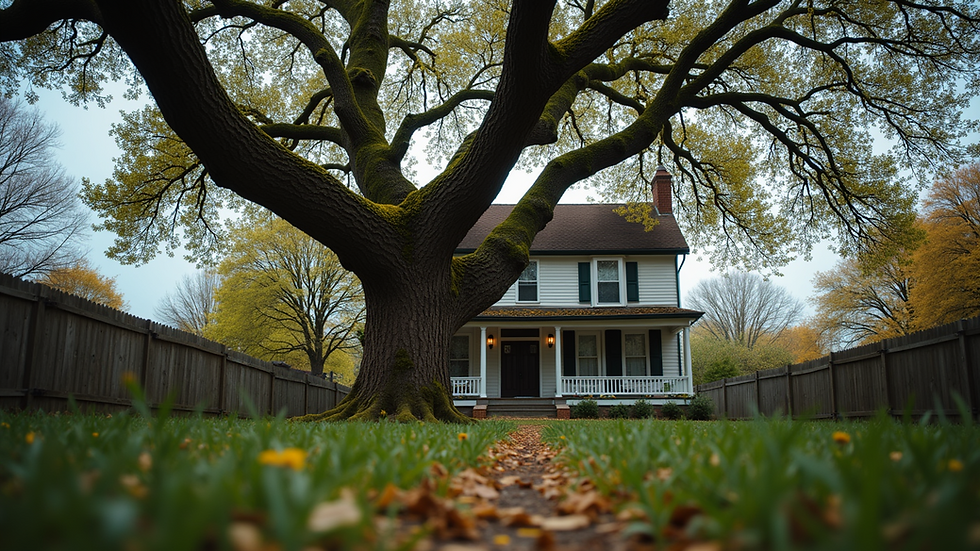Weathering the Storm: Tree Service Emergency Response during Thunderstorms and Tornadoes.
- Shults Tree Service

- Apr 2, 2024
- 3 min read
Introduction:
When nature unleashes its fury in the form of thunderstorms or tornadoes, trees often bear the brunt of the onslaught. While trees beautify our surroundings here in Louisville, Kentucky and provide numerous benefits to our cities, they can however become hazardous during severe weather conditions. In such instances, prompt and efficient tree service emergency response is paramount to ensuring safety and minimizing damage here at Shults Tree Service. Let’s delve into the essential strategies and procedures we often use for managing tree-related emergencies during thunderstorms or tornadoes.
Assessment and Preparedness:
Risk Evaluation: Prioritize the assessment of trees that pose immediate threats to life, property, or utility lines. Identify weak, damaged, or leaning trees that are susceptible to collapse during high winds.
Emergency Protocols: Establish clear protocols and procedures for responding to tree emergencies during severe weather events. Ensure that all team members are trained and equipped to handle such situations effectively.
Communication: Maintain open communication channels with local authorities, emergency services, and clients to coordinate response efforts and disseminate important information.
Response Strategies:
Safety First: Emphasize the safety of personnel and the public above all else. Implement safety measures such as wearing personal protective equipment (PPE) and securing work zones to prevent accidents.
Immediate Action: Swiftly respond to reports of fallen trees, branches, or hazardous conditions. Deploy crews equipped with chainsaws and specialized equipment to clear debris and mitigate risks.
Priority Areas: Focus on critical areas such as roadways, power lines, and structures where fallen trees or branches may impede traffic or cause damage.
Triage Approach: Adopt a triage approach to tree assessment, prioritizing tasks based on the severity of the threat and the level of risk posed.
Coordination: Coordinate efforts with utility companies, municipal authorities, and other relevant stakeholders to address tree-related hazards affecting public safety and infrastructure.
Post-Emergency Measures:
Recovery and Restoration: After the storm subsides, assess the extent of damage to trees and landscapes. Prioritize the removal of hazardous debris and the restoration of affected areas to ensure public safety and environmental integrity.
Client Support:
Provide assistance and guidance to clients in assessing tree damage, filing insurance claims, and implementing preventive measures to safeguard against future emergencies.
Community Outreach: Engage with the community through educational outreach programs and workshops to raise awareness about tree care and emergency preparedness.
Conclusion:
In the face of thunderstorms or tornadoes, Shults Tree Service plays a vital role in safeguarding Louisville residents lives, property, and infrastructure through our swift and effective emergency response efforts. By prioritizing safety, communication, and collaboration, we can mitigate the impact of severe weather events and contribute to the resilience of Louisville’s tree communities. Together, let us weather the storm and nurture a safer, greener environment for generations to come.
Please visit www.ShultsTreeService.com
Cities we service in Louisville and surrounding counties:
Highland Park - Defunct
Standiford - Defunct
Wyandotte (also called Oakdale)
Oldham County
Bullitt County






Comments